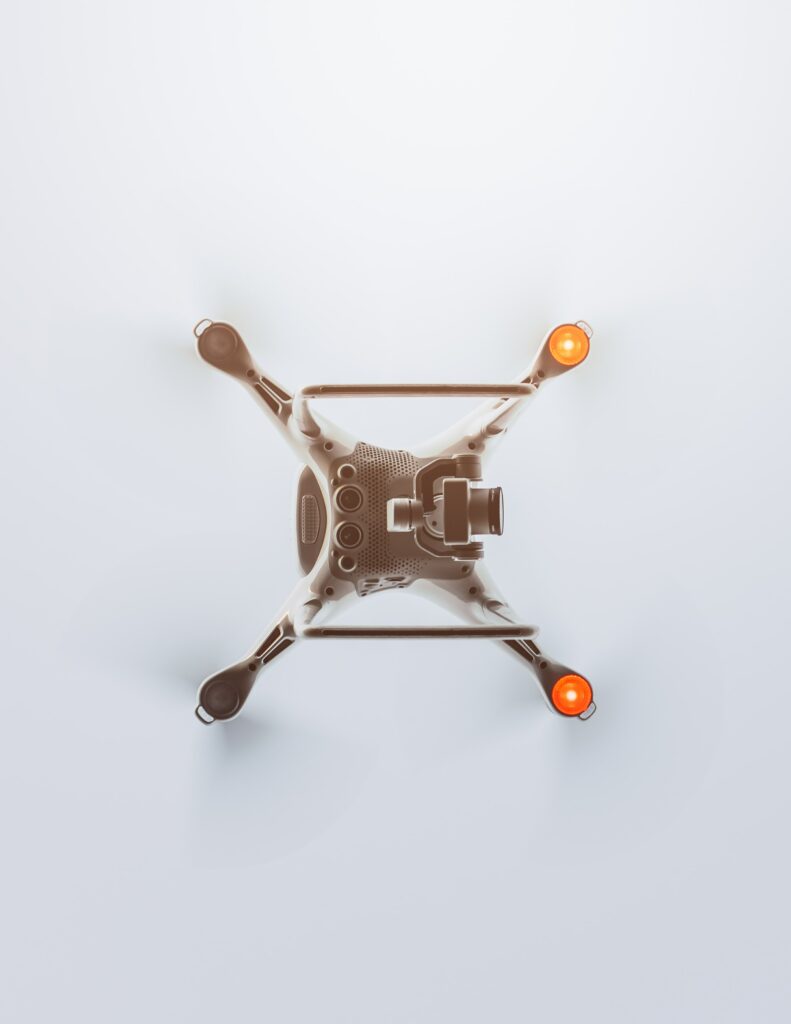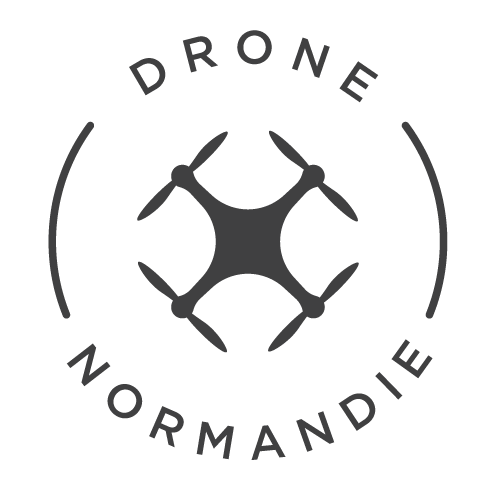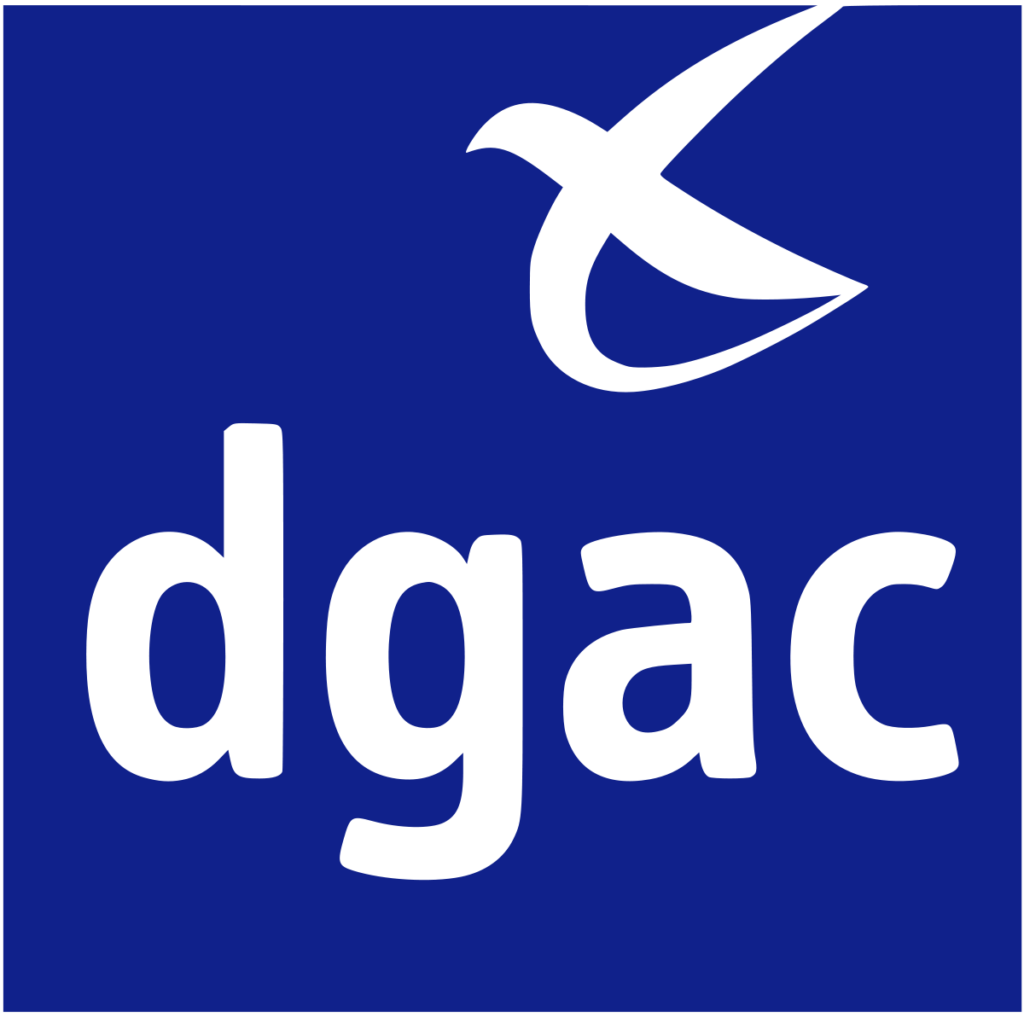Safety regulations for drones are strict for several important reasons.
Drones can pose risks to the safety of people, property, operations, data and the environment. Regulations and laws have therefore been put in place to minimize these risks and guarantee the responsible and safe use of drones. Here are a few reasons why drone safety rules are strict:
- Personal safety risks
Drones can present a safety hazard if not used correctly. Drones can fall from the sky due to technical problems or weather conditions, causing serious injury or property damage. Drones can also fly close to people, which can present a risk of collision or injury in the event of contact.
To minimize these risks, regulations and laws have been put in place to define the areas where drones can be used, maximum flight heights and minimum distances from people and property. Pilots must also undergo training and certification to ensure that they are able to operate their drone safely.
- Risks to property safety
Drones can also pose risks to property safety if not used properly. Drones can damage buildings, vehicles and infrastructure if they collide with them. Drones can also carry dangerous loads, such as chemicals or explosives, which can cause major property damage.
To minimize these risks, regulations and laws have been put in place to define the areas where drones can be used, maximum flight heights and minimum distances from property. Pilots must also undergo training and certification to ensure that they are able to operate their drone safely.
- Risks to operational safety
Drones can also present safety risks if not used properly. Drones can interfere with flight operations, such as commercial flights or rescue operations. Drones can also disrupt land-based operations, such as construction or public safety operations.
To minimize these risks, regulations and laws have been put in place to define the areas where drones can be used, maximum flight heights and minimum distances from operations in progress. Pilots must also undergo training and certification to ensure that they are able to operate their drone safely.
- Data security risks
Drones can also present data security risks if not used properly. Drones can capture sensitive data, such as images and videos, which need to be protected to ensure confidentiality and security. Drones can also be hacked, leading to data loss or intrusions into sensitive systems. - Environmental risks
Drones can also pose risks to the environment if not used properly. Drones can produce noise and emissions that can disturb wildlife and the natural environment. Drones can also disrupt protected areas and natural habitats.
To minimize these risks, regulations and laws have been put in place to define the areas where drones can be used, and the noise and emission levels allowed. Pilots must also be trained in environmental awareness and best practices to ensure that their use of drones does not cause damage to the environment.
In conclusion, drone safety rules are strict to protect the safety of people, property, operations, data and the environment. Pilots must respect these rules to ensure responsible and safe use of drones. Regulations and laws are constantly evolving to meet emerging needs and challenges, and it’s important that drone pilots are aware of these developments and keep up to date with the latest rules and regulations.
n addition, it is important to note that strict safety regulations for drones are also necessary to ensure responsible and ethical use of the technology. Drones can be used to capture images and video of private and sensitive areas, which can violate the privacy of individuals and businesses. Drones can also be used for malicious activities, such as illegal surveillance, data theft or terrorist attacks.
Consequently, safety regulations for drones are essential to protect privacy, national security and civil rights. The competent authorities must supervise the use of drones and investigate any violations of safety regulations.
Finally, it’s worth pointing out that drones can also be a valuable tool for many applications, including mapping, agriculture, wildlife and environmental monitoring, search and rescue. Safety regulations for drones are not intended to discourage the use of this technology, but rather to ensure that drones are used responsibly, safely and ethically.
In short, strict safety regulations for drones are necessary to minimize the risks involved in using this technology, and to ensure responsible and ethical use. Drone pilots must respect these rules to ensure safe and responsible drone use. Competent authorities must also monitor and investigate any breaches of security rules to protect privacy, national security and civil rights.
In addition, drone safety rules have also been put in place to ensure the safe and efficient integration of drones in airspace. Drones share airspace with other aircraft, such as commercial aircraft, helicopters and fighter jets, which can reach high altitudes and speeds.
The use of drones in airspace can pose safety risks for these aircraft, particularly if they collide with low-flying drones. Drone safety regulations aim to minimize these risks by regulating the use of drones at safe altitudes and distances from other aircraft.
Safety rules for drones also include the obligation to respect no-fly zones, such as airport and military zones. Drones can cause dangerous disruptions to aircraft, particularly during take-off and landing, when visibility is reduced. Drone safety regulations therefore require that drones should not be used in these areas, except with special authorization.
Finally, drone safety rules are designed to minimize risks to operators and people on the ground. Drones can cause serious injury if they fall from the sky or hit objects in flight. Drone safety regulations therefore require drone operators to be trained in the safe and responsible use of drones, and to respect minimum safety distances from people and property.
In short, drone safety rules have been put in place to ensure the safe and effective integration of drones into airspace, minimize risks to aircraft, drone operators, people and property, and guarantee the responsible and ethical use of this technology. Drone pilots must comply with these rules to ensure safe and responsible use of drones, and to avoid legal and financial penalties.
Find out more:
Here are some useful sites to learn more about drone safety rules and best practices:
-
The European Aviation Safety Agency (EASA) website:EASA is the European Union’s regulatory body for drones. The EASA website provides information on safety regulations for drones in Europe, as well as resources for drone operators.
-
The website of the International Civil Aviation Organization(ICAO): ICAO is an agency of the United Nations which regulates international civil aviation. The ICAO website provides information on international drone safety regulations, as well as resources for the relevant authorities.
-
The Drone Safety Alliance website: The Drone Safety Alliance is a non-profit organization promoting drone safety. The Drone Safety Alliance website offers information on drone safety regulations, as well as resources for drone operators.
-
Fédération professionnelle du drone civil (FPDC) website: The FPDC is a French association representing civil drone professionals. The FPDC website provides information on drone safety regulations in France, as well as resources for professional drone pilots.
And of course: the DGAC

Will legislation be relaxed in France?
Drone legislation in France has evolved considerably in recent years, due to the growing popularity of these flying devices. However, many drone owners are wondering whether current regulations will remain in place in the future, or whether they will be relaxed to allow more flexible and widespread use of these devices.
The answer to this question is unclear, but it’s important to understand the current state of drone legislation in France to better understand future prospects.
Currently, drone regulation in France is governed by the Direction Générale de l’Aviation Civile (DGAC), which has established strict rules for drone use. Rules vary according to drone size and intended use, but most drones must be registered with the DGAC before they can be used. Drone owners must also pass a knowledge test and respect the flight limits imposed by the DGAC, notably in terms of flight height and distance from populated areas and airports.
Despite these strict rules, there have been calls to relax drone legislation in France. Advocates of drone use argue that these devices can be used for useful activities such as crop surveillance, mapping, search and rescue, wildlife monitoring, and even package delivery. Some believe that current legislation is too restrictive and hinders the development of these potentially beneficial uses.
However, it is important to note that drone regulation in France is closely linked to aviation safety, and any changes to the regulations will have to take this priority into account. Drones can pose a risk to airplanes, helicopters and other aircraft, and any changes in legislation will need to be balanced by rigorous consideration of these risks.
In conclusion, although drone legislation in France may change in the future, it’s difficult to predict exactly which direction these changes will take. Drone owners and potential users will need to continue to follow regulatory developments closely, keeping aviation safety in mind and adapting to changing rules and requirements.

